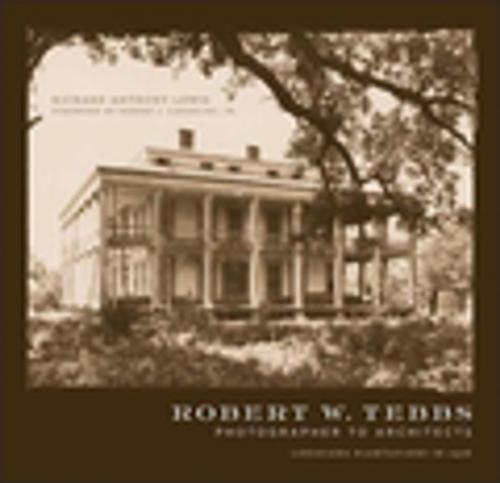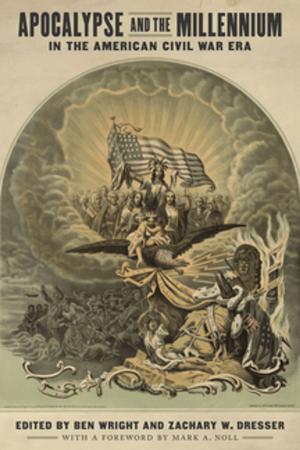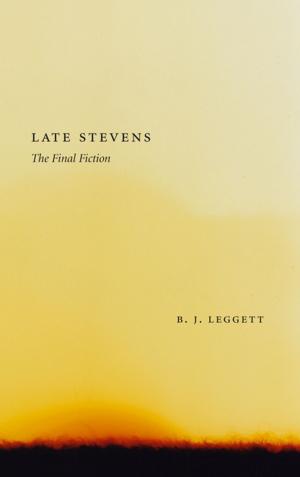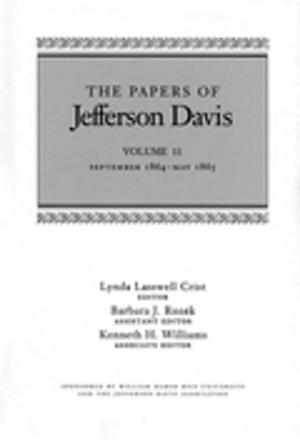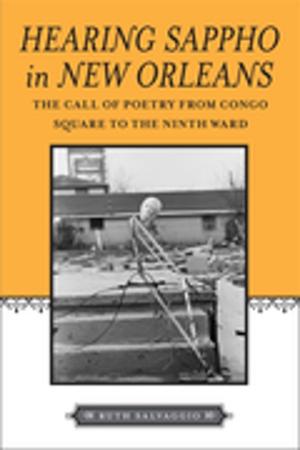Robert W. Tebbs, Photographer to Architects
Louisiana Plantations in 1926
Nonfiction, Art & Architecture, Architecture, Photography, History, Americas, United States| Author: | Richard Anthony Lewis | ISBN: | 9780807142202 |
| Publisher: | LSU Press | Publication: | December 5, 2011 |
| Imprint: | LSU Press | Language: | English |
| Author: | Richard Anthony Lewis |
| ISBN: | 9780807142202 |
| Publisher: | LSU Press |
| Publication: | December 5, 2011 |
| Imprint: | LSU Press |
| Language: | English |
One of the finest architectural photographers in America, Robert W. Tebbs produced the first photographic survey of Louisiana's plantations in 1926. From those images, now housed in the Louisiana State Museum, and not widely available until now, 119 plates showcasing fifty-two homes are featured here.
Richard Anthony Lewis explores Tebbs's life and career, situating his work along the line of plantation imagery from nineteenth-century woodcuts and paintings to later twentieth-century photographs by John Clarence Laughlin, among others. Providing the family lineage and construction history of each home, Lewis discusses photographic techniques Tebbs used in his alternating panoramic and detail views.
A precise documentarian, Tebbs also reveals a poetic sensibility in the plantation photos. His frequent emphasis on aspects of decay, neglect, incompleteness, and loss lends a wistful aura to many of the images -- an effect compounded by the fact that many of the homes no longer exist. This noticeable vacillation between objectivity and sentiment, Lewis shows, suggests unfamiliarity and even discomfort with the legacy of slavery.
Poised on the brink of social and political reforms, Louisiana in the mid-1920s had made significant strides away from the slave-based agricultural economy that the plantation house often symbolized. Tebbs's Louisiana plantation photographs capture a literal and cultural past, reflecting a burgeoning national awareness of historic preservation and presenting plantations to us anew.
Select plantations included: Ashland/Belle Helene, Avery Island, Belle Chasse, Belmont, Butler-Greenwood, L'Hermitage, Oak Alley, Parlange, René Beauregard House, Rosedown, Seven Oaks, Shadows-on-the-Teche, The Shades, and Waverly.
One of the finest architectural photographers in America, Robert W. Tebbs produced the first photographic survey of Louisiana's plantations in 1926. From those images, now housed in the Louisiana State Museum, and not widely available until now, 119 plates showcasing fifty-two homes are featured here.
Richard Anthony Lewis explores Tebbs's life and career, situating his work along the line of plantation imagery from nineteenth-century woodcuts and paintings to later twentieth-century photographs by John Clarence Laughlin, among others. Providing the family lineage and construction history of each home, Lewis discusses photographic techniques Tebbs used in his alternating panoramic and detail views.
A precise documentarian, Tebbs also reveals a poetic sensibility in the plantation photos. His frequent emphasis on aspects of decay, neglect, incompleteness, and loss lends a wistful aura to many of the images -- an effect compounded by the fact that many of the homes no longer exist. This noticeable vacillation between objectivity and sentiment, Lewis shows, suggests unfamiliarity and even discomfort with the legacy of slavery.
Poised on the brink of social and political reforms, Louisiana in the mid-1920s had made significant strides away from the slave-based agricultural economy that the plantation house often symbolized. Tebbs's Louisiana plantation photographs capture a literal and cultural past, reflecting a burgeoning national awareness of historic preservation and presenting plantations to us anew.
Select plantations included: Ashland/Belle Helene, Avery Island, Belle Chasse, Belmont, Butler-Greenwood, L'Hermitage, Oak Alley, Parlange, René Beauregard House, Rosedown, Seven Oaks, Shadows-on-the-Teche, The Shades, and Waverly.
